For Subash Ghisingh, life was an endless struggle for the rights of his fellow Nepali-speaking Indians in their adopted homeland. What pushed the former bantamweight boxer from the Indian Army into the political arena was the fear of being called a foreigner in a country for which, he and his forefathers had given their blood and sweat. His ideas and methods of struggle remained controversial till the end. He even sought help from the US, the UK, France, Nepal and the UN.
For almost 20 years since he quit the Army in 1966, Ghisingh moved from door to door explaining the need for a homeland and an Indian identity. He studied history, used it in his campaign, and sometimes even misinterpreted it to suit his argument. In the late sixties, he floated a party named “Neelo Jhanda” (Blue Flag) that exhorted people to identify themselves as “Nepali.” He despised the word Gorkha as a symbol of slavery. For some time, he flirted with the Labour Congress and after Emergency, he joined Jagjivan Ram’s Congress for Democracy.
It was in 1980 that Ghisingh, a Buddhist who worshipped Shiva more than any other deity, turned radical. On April 7 that year, he founded Gorkha National Liberation Front (GNLF) with the slogan “We can forgive a snake but not a person who opposes Gorkhaland.” He banned the use of Nepali as the name of the community, saying it would blur their distinction from Nepali nationals.
In its initial years, GNLF confined its agitation to election boycotts and street corner meetings. Its campaign got a big boost when hundreds of Nepali families were expelled from Meghalaya in March 1986. Coinciding with Nepali New Year (April 13), Ghisingh launched an armed struggle to end the “genocide” of the Nepalis. “Just as there will be no morning until the stars are gone, there will be no Gorkhaland until we do not become martyrs,” he would often say as he plunged the picturesque Darjeeling hills and the Dooars into turmoil. Beheadings, kidnappings, ambushes and arson became the order of the day. He himself suffered serious injuries in an assassination bid on February 10, 2001. State terrorism under the garb of TADA added more to bloodletting.
As Bengal’s Marxist government armed its Nepali cadres, the hills witnessed fratricidal war that led to the killing of more than 1,200 people, burning of thousands of homes and uprooting of nearly 1,00,000 citizens. Normalcy returned after 28 months on August 22, 1988 when GNLF, the Bengal government and the Centre signed a pact on the formation of Darjeeling Gorkha Hill Council. But reason and peace deserted Darjeeling for good. Parties that opposed him tooth and nail now uphold his controversial views on the statehood demand and the 1950 India-Nepal Treaty of Peace and Friendship, which, he claimed, dilutes the identity of Nepali-speaking Indians.
Like most Nepalis, Ghisingh loved and revered Darjeeling as “a war medal won by his brave forefathers.” This maybe because of the fact Darjeeling, like Garhwal, Kumaon and Kangra, was part of Nepal till the 1814-16 Anglo-Gorkha War. But he could never live in his beloved Gurkhathum (Gorkha bastion, another name for Darjeeling occasionally used by the British) after his former protege and Gorkha Janmukti Morcha chief, Bimal Gurung resumed the Gorkhaland agitation in the spring of 2007. He lived in forced exile in the plains for years and could not even take his wife, Dhanmaya, to Darjeeling, for her last rites.
Born into a family of tea garden workers at Manju near the Nepal border on June 22, 1936, Ghisingh was an accomplished novelist and painter.


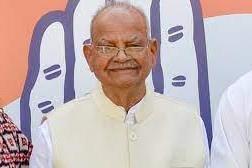
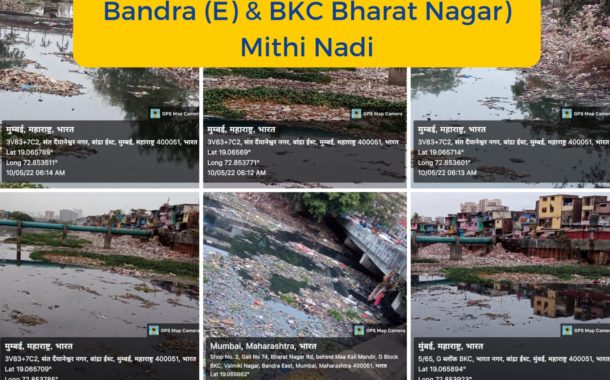
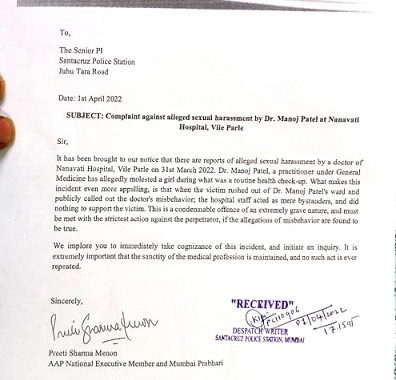
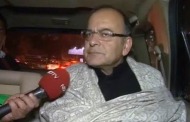
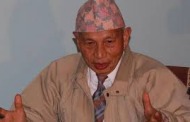
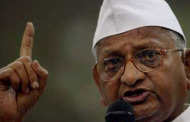
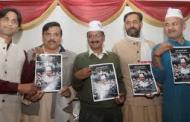
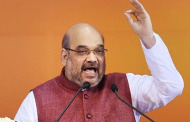
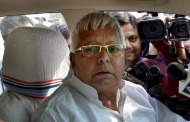
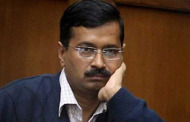
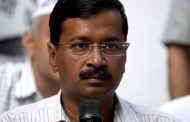
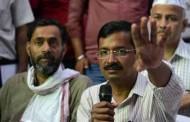
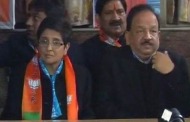





Recent Comments